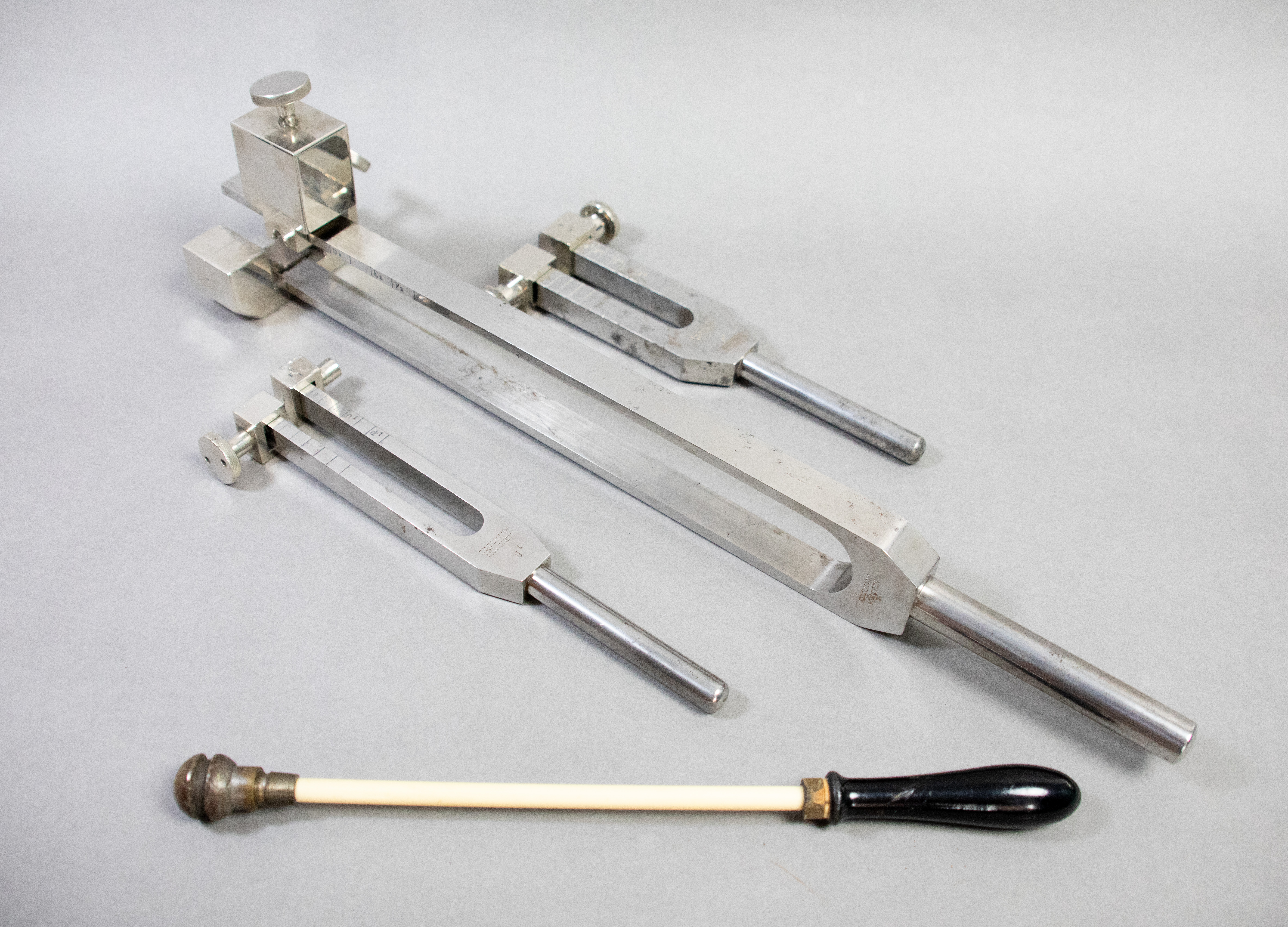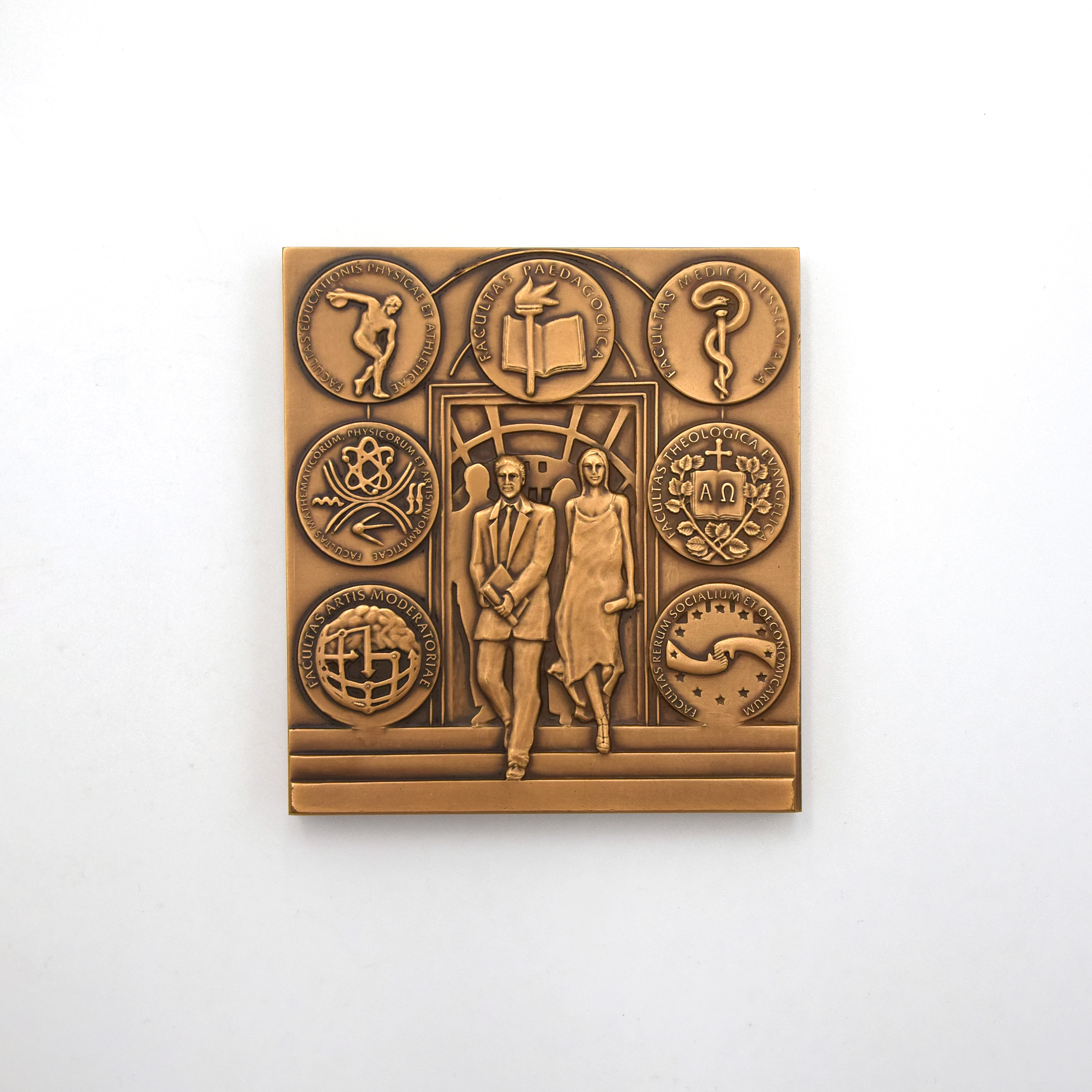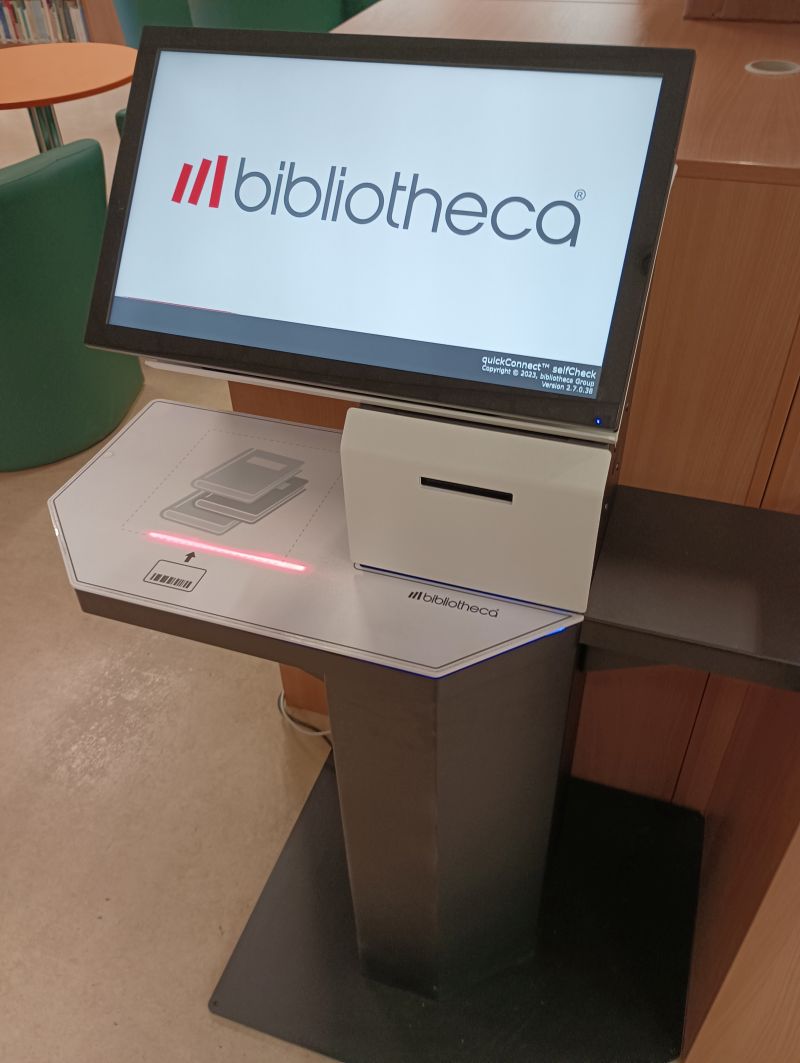The current library holdings of ELTE's public education institutions are available on the common search interface
School libraries belonging to the ELTE library network can consult their documents in various databases. While maintaining these systems, the ELTE University Library and Archives developed a common search interface in 2011 within the framework of the TÁMOP-3.2.4/09/1/KMR-2010-0021 project, which can be accessed directly at https://gimikatalogus.elte.hu.
The ELTE libraries' common catalogue is also available by clicking on the menu item marked:

The records of the libraries in the database:
- Apáczai Csere János Gyakorló Gimnázium Könyvtára (11 431 rekords),
- ELTE Gyertyánffy István Gyakorló Általános Iskola (26 556 rekords),
- Radnóti Miklós Gyakorlóiskola Könyvtára (39 578 rekords),
- Trefort Ágoston Gyakorlóiskola Könyvtára (34 265 rekords).
The conversion of school library databases is done at regular intervals. Once a year, usually in November, the data are updated to reflect changes (additions and deletions) from the previous year.




